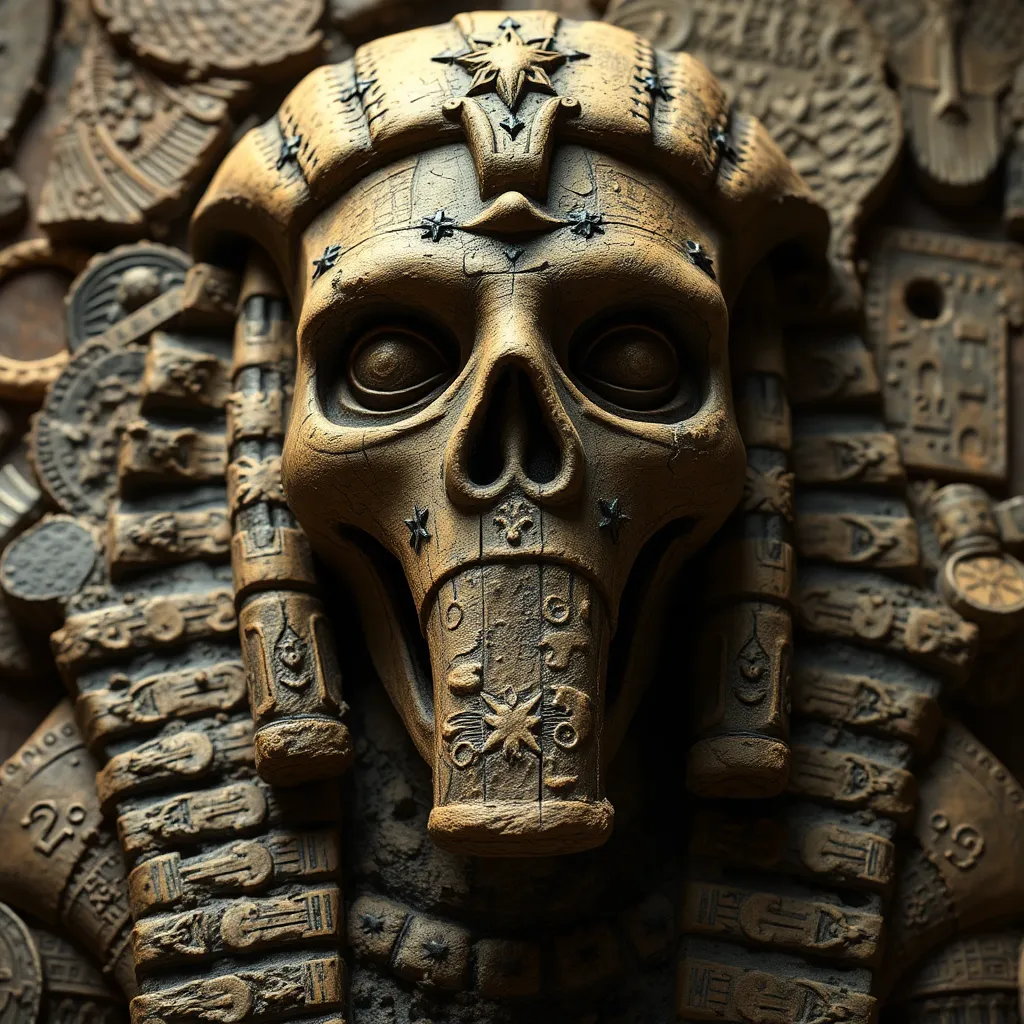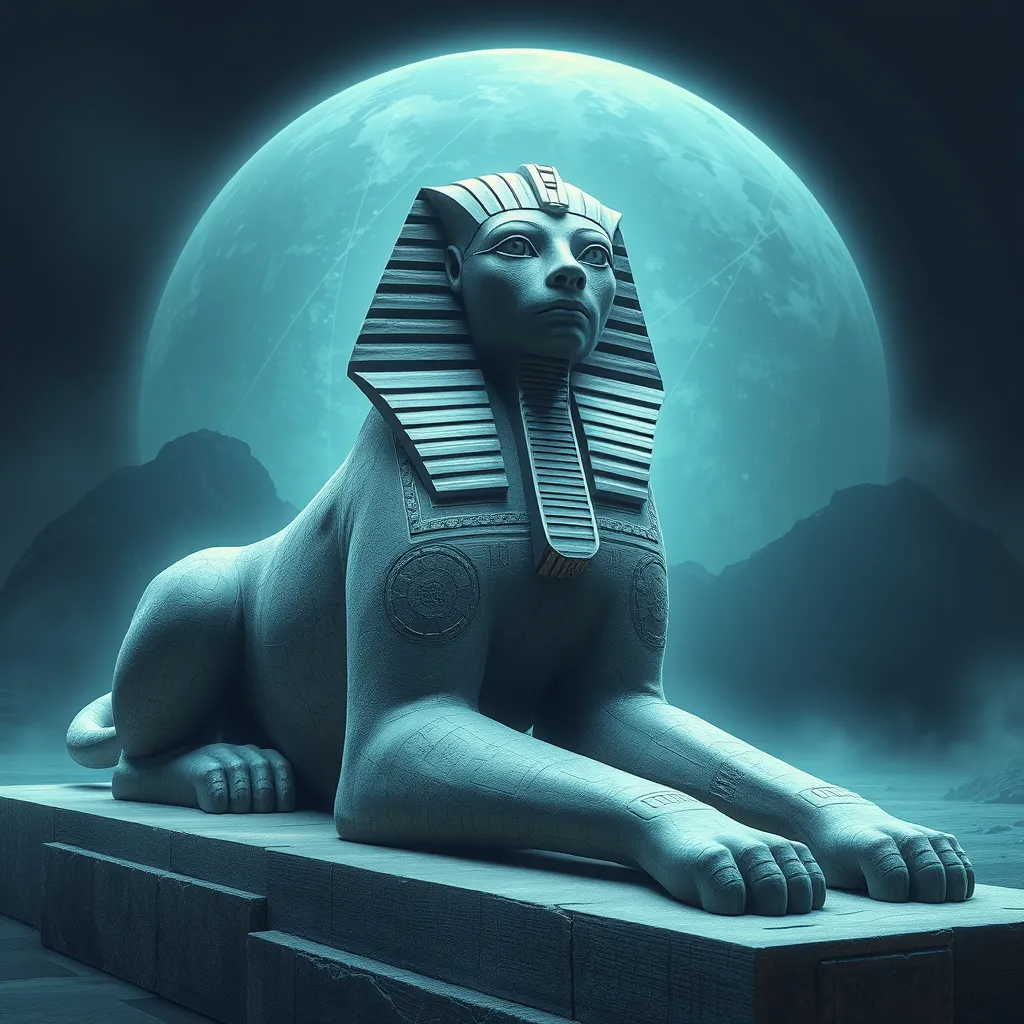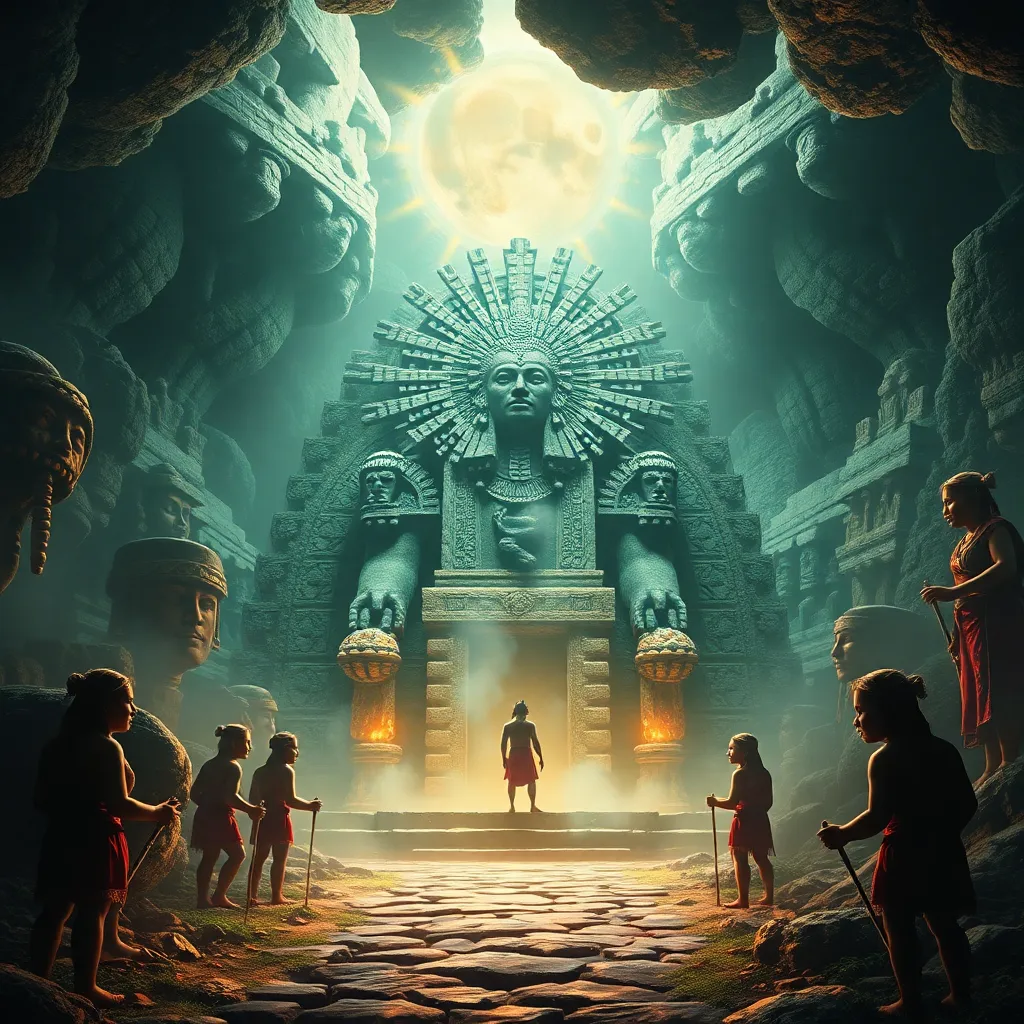The Reanimated Dead of Antiquity: Exploring the Ancient Egyptian Myth of the Mummy
I. Introduction
The ancient Egyptians are renowned for their intricate beliefs surrounding the afterlife, which played a crucial role in shaping their civilization. Central to these beliefs was the practice of mummification, a complex and sacred ritual that ensured the preservation of the body for the journey into the afterlife. This article aims to explore the mythology and historical context of mummies, revealing how these practices reflect the values and beliefs of ancient Egyptian society.
II. The Origins of Mummification
Mummification did not emerge overnight; it was a practice that evolved over centuries. Early forms of embalming involved simple methods of drying out the body using natural elements such as salt. As time progressed, the techniques became more sophisticated.
- Early Practices: Initially, the bodies of the deceased were buried in the hot, dry sands of Egypt, which naturally preserved them. Over time, the Egyptians learned to intentionally remove moisture from the body.
- Cultural and Religious Motivations: The belief that the soul would need its body in the afterlife motivated the Egyptians to perfect the art of mummification. It was believed that the deceased would face judgment in the afterlife, and their preserved body was essential for this journey.
- Evolution of Techniques: By the time of the Middle Kingdom, the process of mummification included the removal of internal organs, the use of natron (a naturally occurring salt), and the application of oils and resins to aid preservation.
III. The Mythology Surrounding Mummies
The mythology of ancient Egypt is rich and complex, particularly concerning death and the afterlife. The concept of the soul was central to their beliefs, which included various components such as the ka (vital essence) and the ba (personality).
- Role of the Soul: The Egyptians believed that the soul would continue to live after death, requiring a preserved body to return to.
- Key Deities: Osiris, the god of the afterlife, was often depicted as a mummified figure. Anubis, the god of embalming, played a pivotal role in overseeing the mummification process and guiding souls in the afterlife.
- Popular Myths: Stories of reanimation, such as the resurrection of Osiris after being murdered by his brother Set, illustrate the ancient Egyptians’ fascination with life, death, and rebirth.
IV. Mummies in Ancient Egyptian Society
Mummification was not only a religious practice but also a reflection of social status. The process was time-consuming and expensive, leading to elaborate funerary practices.
- Social Status: Mummification was primarily reserved for the elite—pharaohs, nobles, and wealthy individuals. Commoners had simpler burial practices.
- Funerary Practices: The rituals associated with mummification included various ceremonies, offerings, and the placement of items in tombs to accompany the deceased into the afterlife.
- Importance of Tombs: Tombs were meticulously designed to protect mummies and their belongings. They were often filled with treasures, food, and items that represented the deceased’s life.
V. The Discovery of Mummies in Modern Archaeology
The fascination with mummies extends into modern times, with archaeological expeditions revealing invaluable insights into ancient Egyptian life and death.
- Impact of Early Expeditions: The 19th century saw a surge in interest as explorers uncovered tombs and mummies, leading to a wave of mummy-related research.
- Notable Discoveries: The discovery of King Tutankhamun’s tomb in 1922 by Howard Carter is one of the most significant archaeological finds, providing a wealth of artifacts and insights into royal burial practices.
- Museums and Exhibitions: Exhibits featuring mummies have played a crucial role in educating the public and popularizing the lore surrounding ancient Egypt.
VI. Mummies in Popular Culture
Mummies have captured the imagination of writers, filmmakers, and artists, leading to a plethora of representations in popular culture.
- Portrayal in Literature and Film: From Bram Stoker’s “The Jewel of Seven Stars” to the classic Universal monster movies, mummies have been depicted as both terrifying and tragic figures.
- Fact vs. Fiction: The myths surrounding mummies have often been exaggerated or altered for entertainment, leading to a blend of history and fantasy that shapes modern perceptions.
- Public Perception: The portrayal of mummies in pop culture has contributed to a fascination with ancient Egypt, often overshadowing the historical realities of these practices.
VII. Scientific Perspectives on Mummies
Advances in technology have transformed our understanding of mummies, providing insights that were previously unattainable.
- Technological Advances: Techniques such as CT scans and DNA analysis allow researchers to study mummies non-invasively, revealing details about their health, diet, and even familial connections.
- Insights Gained: Scientific studies have uncovered information about ancient Egyptian medical practices, dietary habits, and even the processes of mummification itself.
- Ethical Considerations: The study and display of mummies raise ethical questions regarding consent, cultural heritage, and the respect due to the deceased.
VIII. Conclusion
The legacy of mummies provides a fascinating window into the beliefs and practices of ancient Egyptian civilization. The blend of mythology and historical facts surrounding mummification reveals much about their views on life, death, and the afterlife. As research continues to evolve, the exploration of mummies promises to uncover even more about this captivating culture, ensuring that the stories of the reanimated dead will endure for generations to come.




